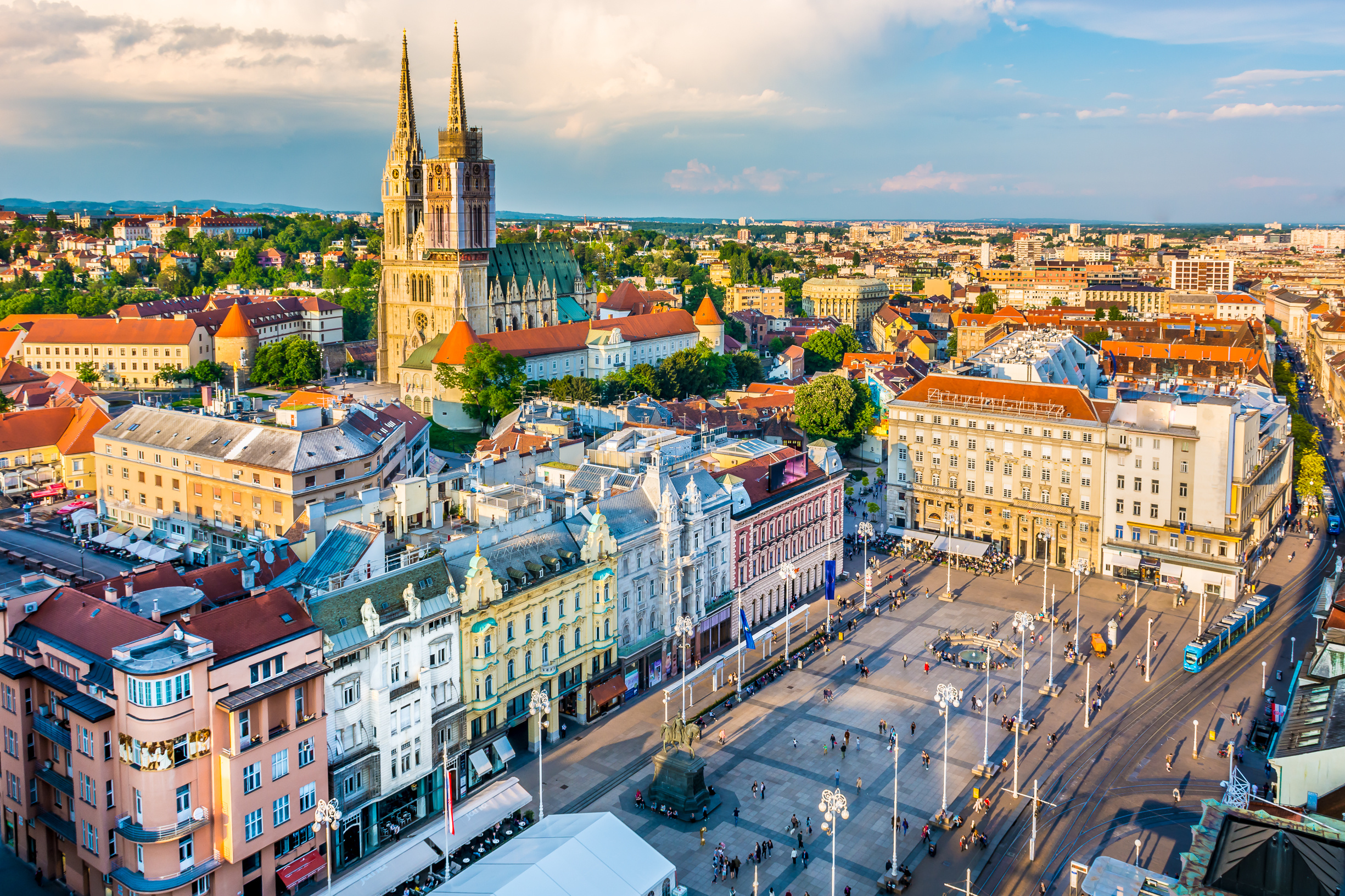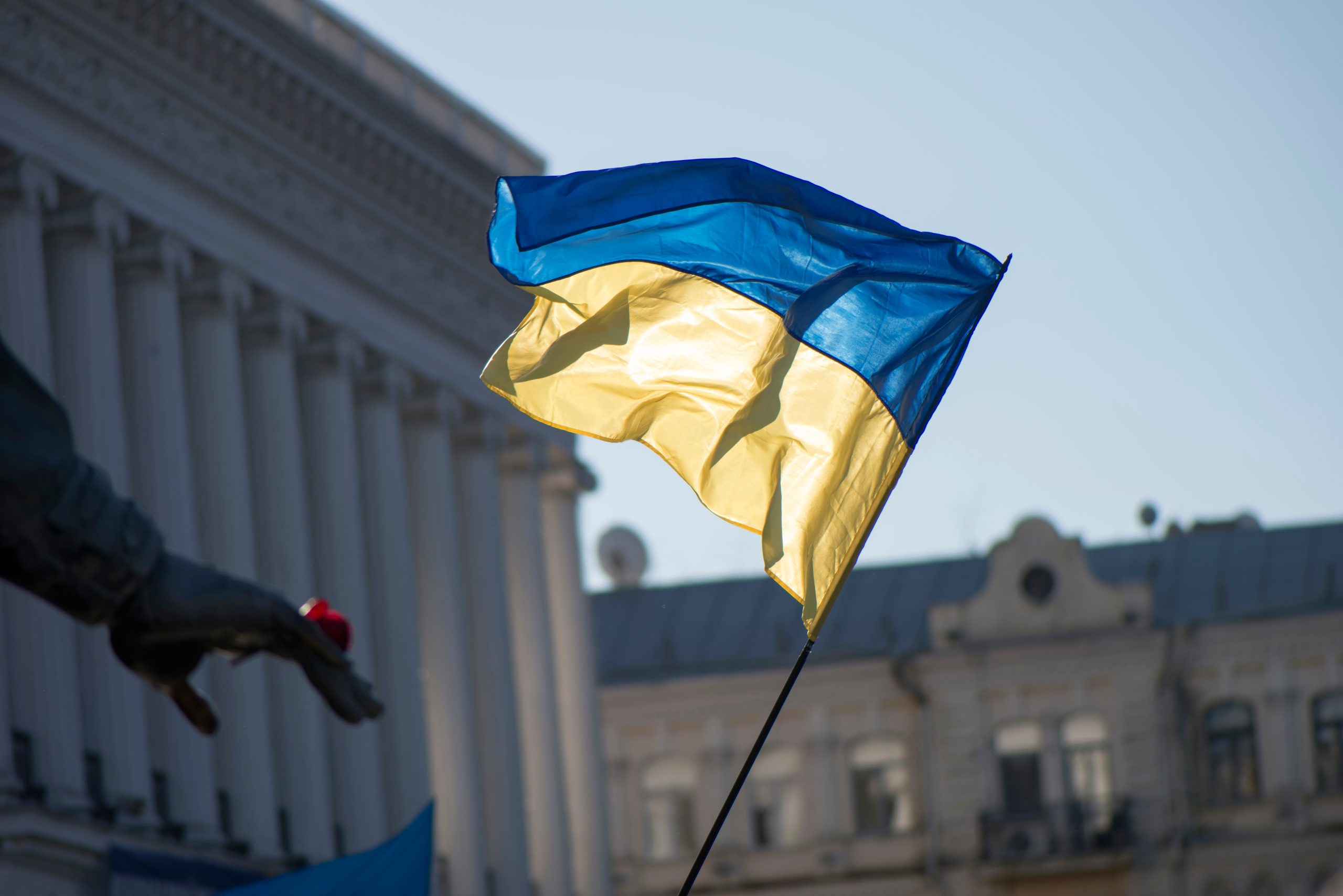Croatia’s Hydrogen Market is on a Cusp of Significant Transformation

Croatia’s hydrogen market is on a cusp of significant transformation, fueled by several key factors. The nation’s increased commitment to renewable energy solutions and the ongoing global shift toward decarbonisation are driving an escalating demand for hydrogen as an alternative energy source.
In terms of production, the trend is geared towards green hydrogen, produced through electrolysis powered by renewable energy sources, aligning with Croatia’s climate change commitments. The country’s abundant solar and wind energy resources offer considerable potential for green hydrogen production.
A burgeoning infrastructure is also emerging, with investments flowing into hydrogen fueling stations and storage facilities. This infrastructure development is expected to facilitate the use of hydrogen in various sectors, from transportation to power generation.
Government policy is another crucial element in the market’s evolution. Croatia’s government is increasingly supportive of hydrogen, incorporating it into its energy strategy until 2028 and exploring incentive mechanisms to foster its development.
Innovation and technological advances that can be found in Croatia also play a pivotal role.
Main companies on the market and key competitors are:
- INA – Industrija nafte d.d.
- Prvo plinarsko društvo d.o.o.
- Hrvatska elektroprivreda d.d.
- Petrol d.d.
- Energija d.o.o.
Problems with transport persist
Croatia is preparing a pipeline that will be able to transport pure hydrogen with the construction of the gas pipeline Zlobin – Bosiljevo. Unfortunately, some experts believe there are problems on the way.
One of the interlocutors, energy consultant Zdeslav Matić, is very skeptical about the cost-effectiveness of green hydrogen, and believes that the adjustment of the gas pipeline for its transport is actually an adjustment for a “solution on a very long stick”, and it is possible that the switch to hydrogen will never happen.
Due to its characteristics, hydrogen is not very suitable for transportation through pipes, notes Matić, all this is a “waste of money”. He adds that green hydrogen requires large amounts of surplus cheap electricity, which means large wind and solar power plants.
We have a problem with organising the production of electricity from renewable sources, which we now need, let alone to have a surplus for the production of green hydrogen
Strategy or “greenwashing”?
Croatia has a Hydrogen Strategy until 2050, and in it, among other things, it is expected that by 2025 a legislative framework for the transport and storage of hydrogen will be adopted. The strategy also states that Croatia will “actively participate in the development of the backbone of the future pan-European hydrogen transport network.
Wherever it is technically and economically justified, the existing gas transport system will be repurposed for the transport of renewable hydrogen over longer distances, and larger hydrogen tanks will be developed, which are estimated to become necessary at this stage”.
Ultimately, it says, the existing location for the LNG terminal will, “depending on market development and the realised national potential for hydrogen production, be converted into a location for the supply of renewable hydrogen”.
Whether such a switch of the economy to hydrogen will really happen, somewhere around the distant year 2050, is a question. Experts in hydrogen development, both Duić and Matić currently leave room for the assessment that projects for the construction of gas pipelines suitable for hydrogen transport are partly “greenwashing” of the gas lobby.
Future will show if pipeline is going to work or if it was something made just to justify many European projects and getting resources for them.

